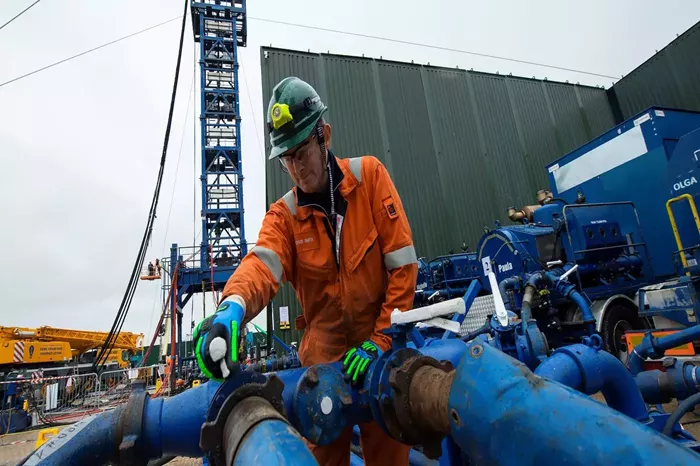Activity in the U.S. oil and gas sector experienced a slowdown in the third quarter, raising questions about the sustainability of the industry’s recent boom. The Dallas Federal Reserve’s latest energy survey indicated a slight increase in oil activity, while gas production significantly declined, confirming reports of reduced gas output and tempered oil growth following last year’s significant gains.
This marks the second consecutive quarter of modest oil production growth, suggesting a potential trend rather than a short-lived phenomenon. Contributing factors include fluctuating oil prices and the upcoming November elections, which may impact market conditions. Notably, a significant 80% of survey respondents indicated they do not plan to increase production in the Permian Basin once the current natural gas pipeline shortage is resolved.
Despite a strong crude oil offtake capacity in the Permian, with 92% of respondents not anticipating production constraints through 2026, production levels are not accelerating as expected. Some industry executives anticipate higher oil prices in the medium term due to a decline in U.S. shale production. “We stand by the hypothesis that the world is swiftly running out of $60 barrels on the way to $100+ barrels within the next five years,” stated one executive.
Recent developments from OPEC+ suggest a potential shift in production strategies, with reports indicating Saudi Arabia might reverse recent production cuts to regain market share. This speculation has contributed to a drop in oil prices, highlighting ongoing concerns about demand amid deflationary pressures in China and increased imports of cheaper Russian oil by India.
Industry responses indicate that prices could fall to $55 per barrel, potentially stifling supply growth despite advancements in drilling efficiency. Natural gas producers have already seen profits diminish due to excess output, leading to production declines as companies shut in wells and postpone drilling. This reduction in supply may eventually lead to higher prices, especially with the expected increase in electricity demand from data center operators.
Overall, some industry leaders express concerns about the future of U.S. shale. “U.S. shale will decline in a similar fashion to how Hemingway went bankrupt: ‘Gradually, then all of a sudden,'” remarked one respondent, highlighting the trend of major firms selling to larger companies despite their significant assets in the Permian Basin.
The chief executive of Quantum Energy Partners echoed this sentiment, stating, “The U.S. shale revolution has run its course,” while acknowledging the impressive production increases over the past 15 years. However, he warned that substantial future supply gains appear unlikely, with current prices moving further away from profitability. As the year progresses, another significant production increase, similar to last year’s, seems increasingly improbable.
Related topic:

